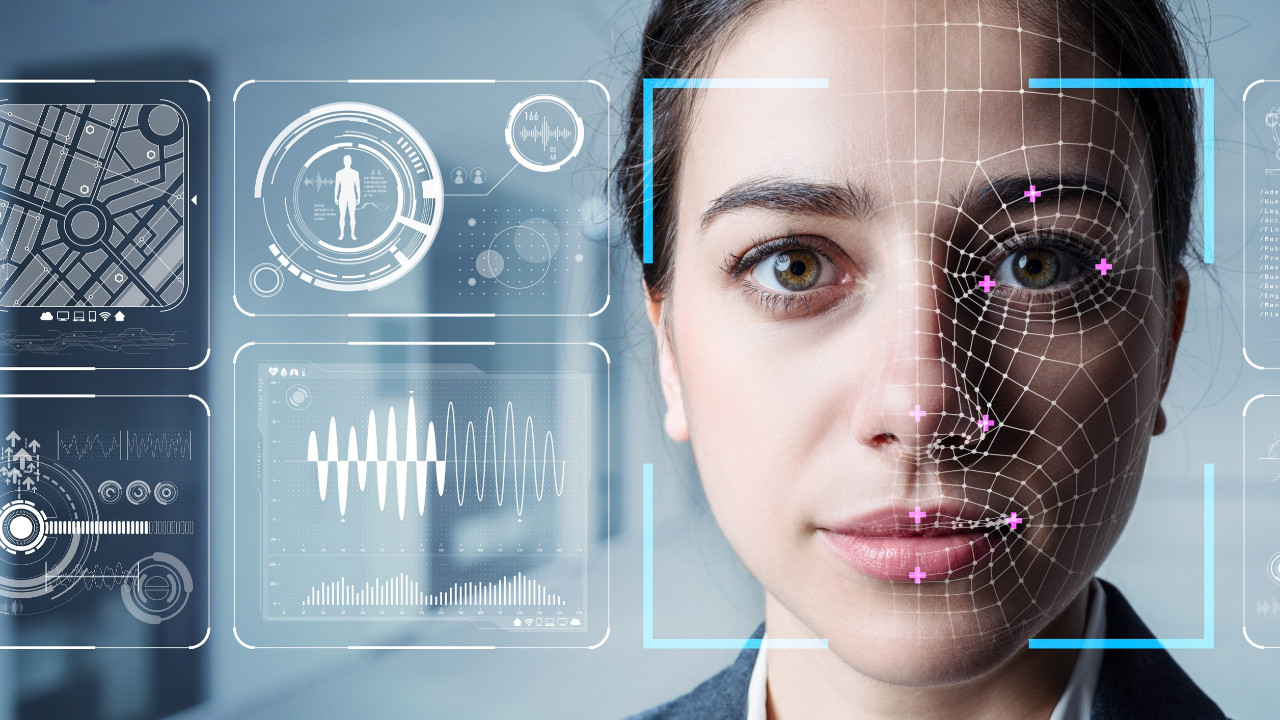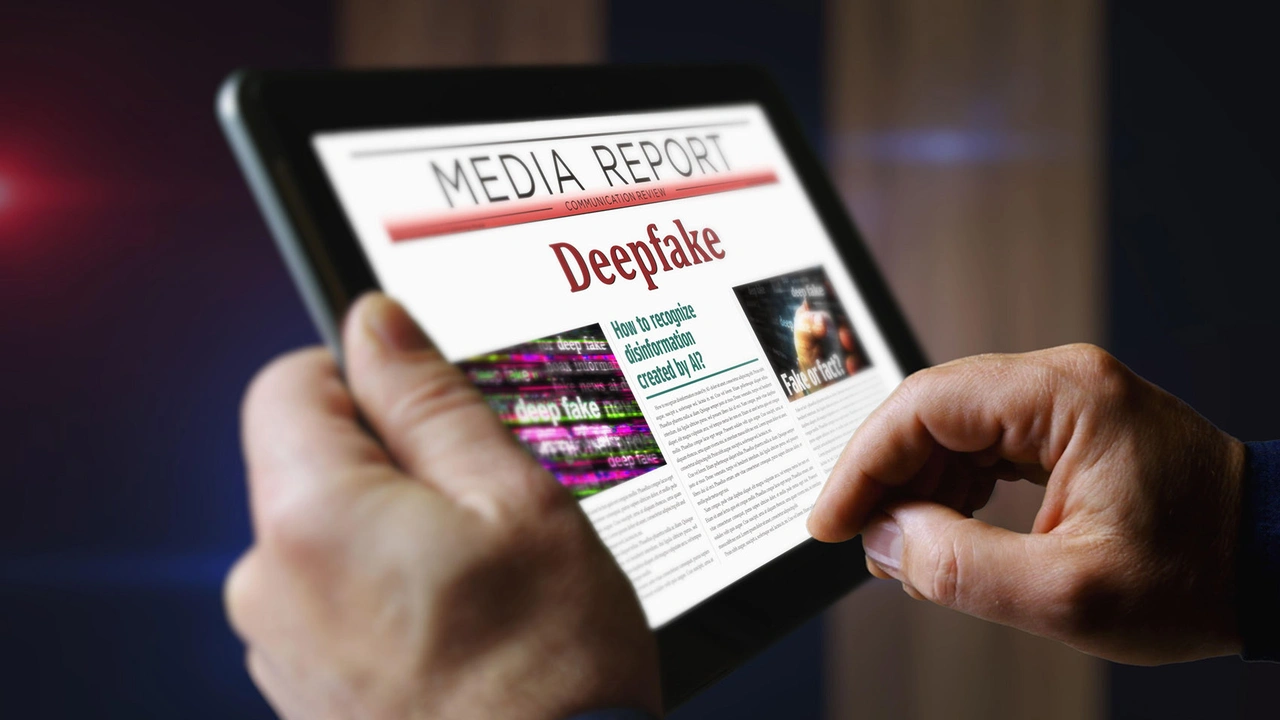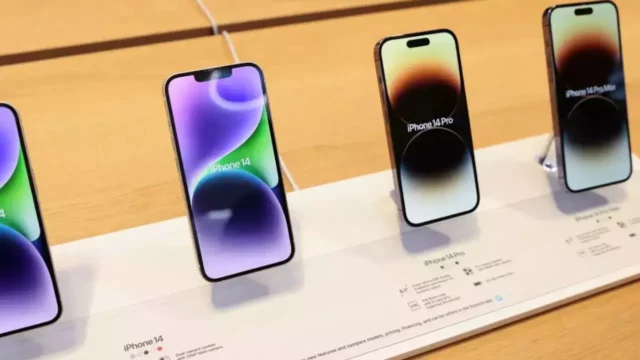With the rapid development of deepfake technology, the increasing concerns and threats in this area reveal a significant lack of awareness in society. A recent study highlights how difficult it is for people to distinguish artificial content, such as deepfakes. Here are the details…
People Struggle to Distinguish Deepfake Videos
A study by iProov found that only two out of 2000 participants were able to successfully distinguish between real and AI-generated content. This surprising finding shows that a large portion of society is highly vulnerable to deepfake content.

The research involved presenting participants with a mix of real and AI-generated images and videos. However, only 0.1% of the participants were able to correctly identify the difference between these contents.
Another notable aspect of the study is that the older population is more vulnerable to such technologies. 30% of participants aged 55-64 and 39% of people over 65 had never heard the term “deepfake.” Although younger participants were more confident in this area, their success rate did not improve as expected.
Recognizing deepfake videos was found to be much harder than images. Participants were 36% less successful in accurately identifying deepfake videos. This poses a serious threat for video-based fraud.
According to the research, half of the participants identified Meta platforms (Facebook, Instagram) and TikTok as the most common places for deepfake content.
What do you think about this issue? Please share your thoughts in the comments below.
















